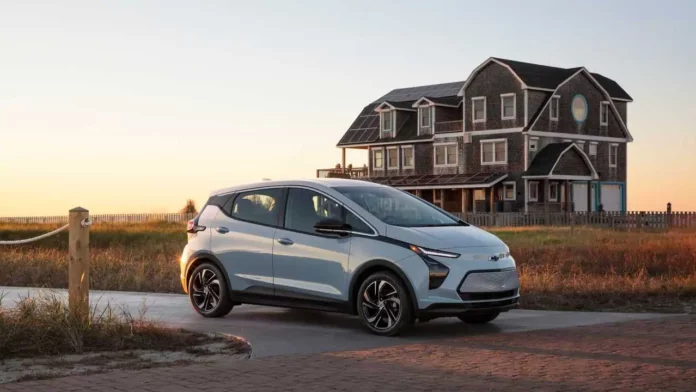According to the Minister of Road, Transport, and Highway Nitin Gadkari, the cost of EVs is anticipated to drop in the upcoming months due to lower battery costs and larger scale, making them comparable to cars with internal combustion engines.
Gadkari made the following statement at the Rajya Sabha’s Winter Session of Parliament: “EVs have become popular.” One of the main obstacles to higher adoption is the price differential between electric and gasoline-diesel versions. I predict that the price of cars with internal combustion engines and electric vehicles will be equal in 1.5 years.”
At the moment, the price difference between an EV and a car with a traditional internal combustion engine is between 25 and 30 percent. Lower scale, a large percentage of imports, and greater battery costs are the reasons for the increased cost.
The top EV manufacturer in India, Tata Motors, is in agreement with the minister’s cost estimate. Speaking last month at Autocar Professional’s India EV Conclave in association with the Tamil Nadu government, Shailesh Chandra, MD of Tata Passenger Electric Mobility, predicted that in less than 18 months, the cost of a 200–250 km real range car for the mass market could approach that of an ICE vehicle.
The government has introduced demand incentives through the FAME plan and a reduced GST rate for EVs in an effort to encourage the early adoption of these vehicles. There are currently more than 1.15 million electric vehicles on Indian roads thanks to subsidies provided under the second leg of FAME, which totals Rs 5,228 crore.
To further lower the cost of batteries, the government has also established a production-linked incentive programme to establish advanced chemistry cell manufacturing facilities in India. Under the plan, India is probably going to begin producing advanced chemical cell batteries next month.

Current EV market in India
Currently, the market share of electric vehicles in two-wheeler sales is approximately 5%, and in passenger vehicle sales, it is approximately 2-3 percent. The government aims to achieve a 30% market share for electric vehicles by 2020 and projects that the Indian market will expand at a compound annual growth rate of 49% between 2022 and 2030.
The minister stated that volume affects car pricing as well and added that he anticipates lower prices as volume increases. He said, “The cost of lithium-ion batteries has decreased from $150 kilowatt per hour to approximately $115 kilowatt per hour.”
The two biggest two-wheeler manufacturers in India, Honda Motorcycles and Scooters India, and Maruti Suzuki, the country’s largest passenger carmaker, have not yet released any electric cars onto the market. Maruti Suzuki is anticipated to release its first electric vehicle in 2025, and Honda is probably going to launch an electric scooter the following year.
Prior to this, Maruti Suzuki‘s Senior Executive Director for Sales and Marketing, Shashank Srivastava, stated that he expected the adoption of electric vehicles in India’s passenger vehicle segment to pick up speed starting in 2025, once the segment’s share of electric vehicles reaches 3.5–4%.
It should be emphasised that, given the likelihood of stricter emission regulations for vehicles powered by fossil fuels, there may be an inflationary tendency in the price of internal combustion engine automobiles in the future.


